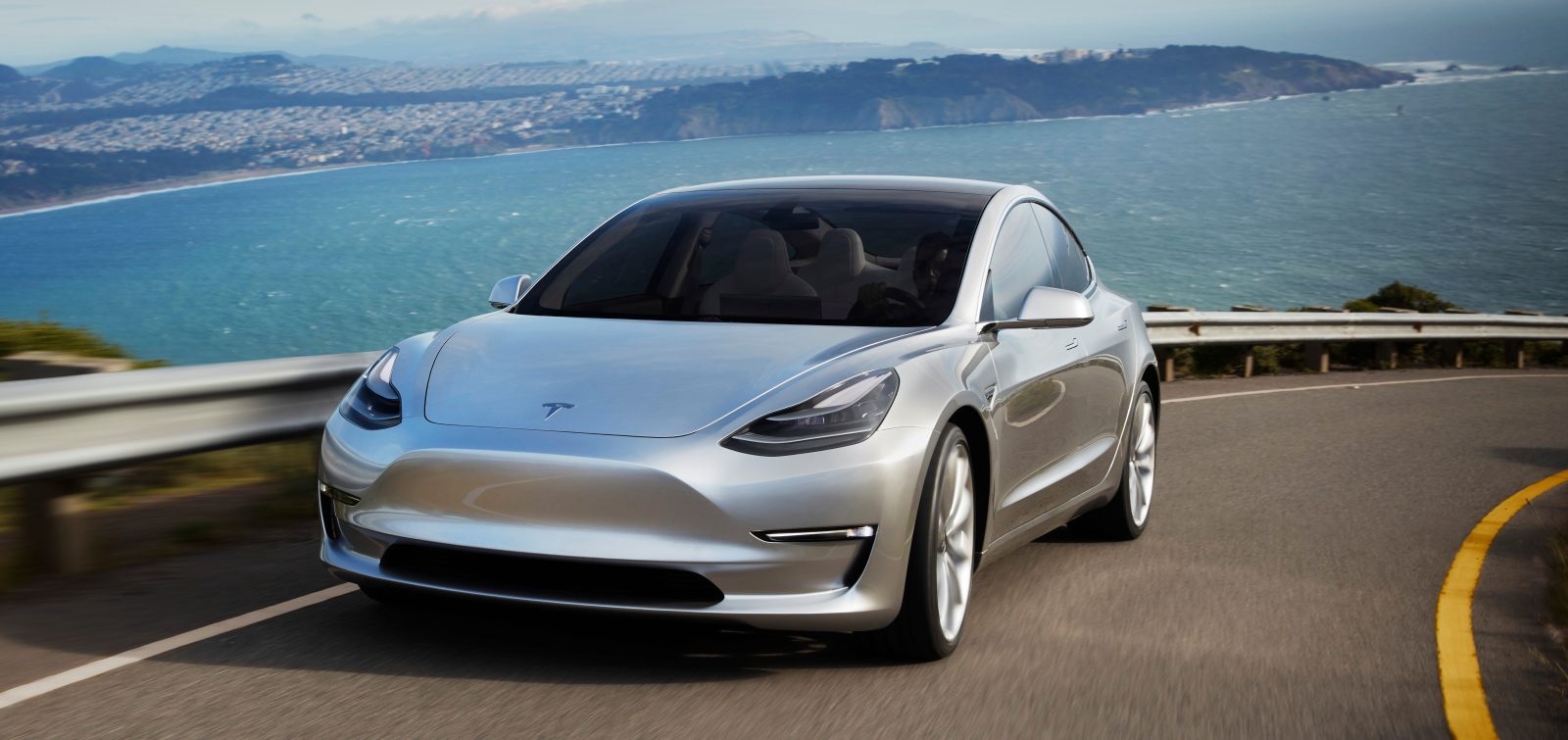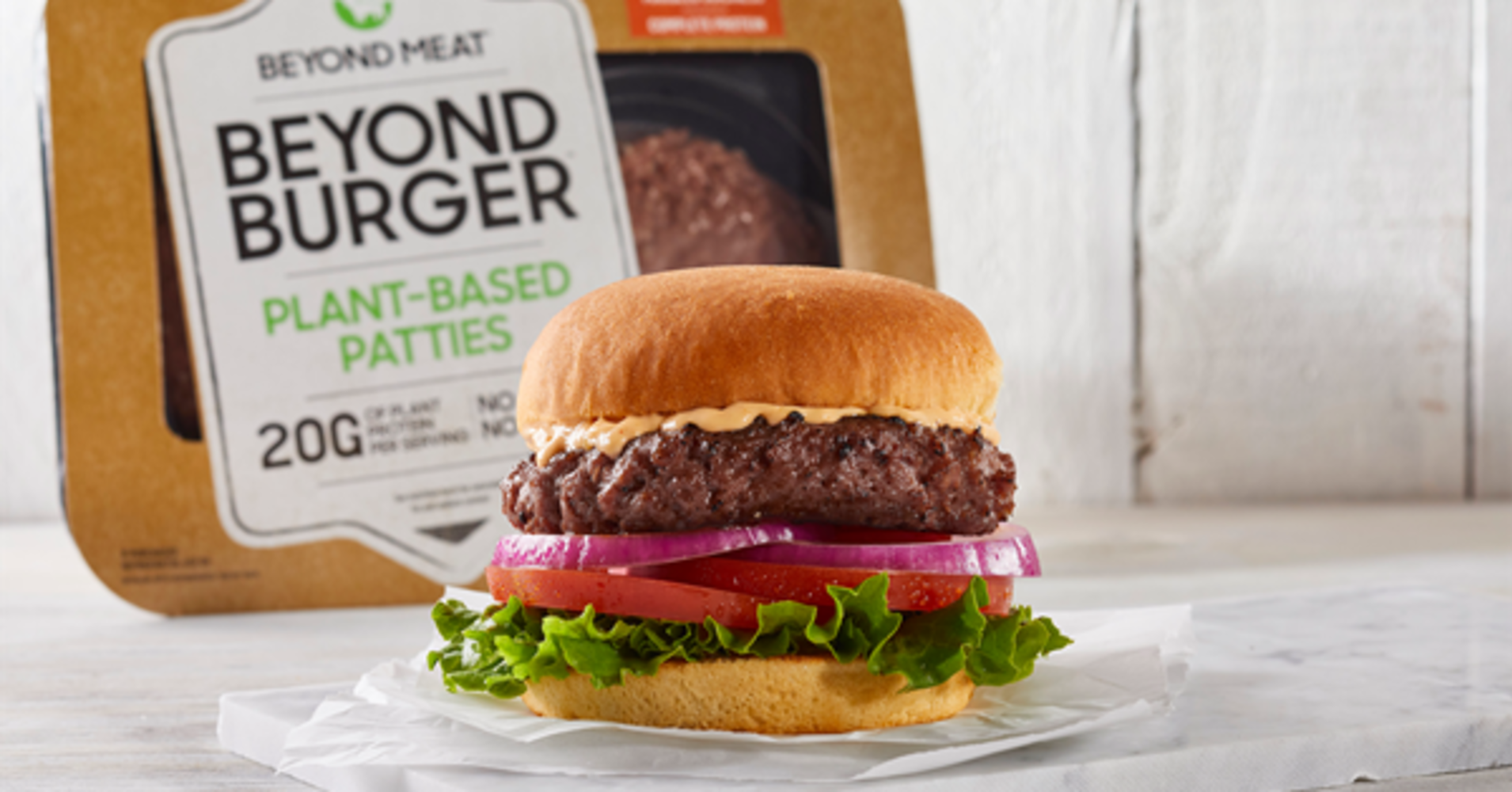The color green is draws up imagery we associate with many different things in our lives, and often is a symbol of life, money, health, finances, and ambition. In “The Great Gatsby” the green light is a beacon for Gatsby’s hopes and dreams for the future. Like Gatsby’s longing for Daisy’s love, a lot of us hope for a future that is healthy and prosperous not only for ourselves, our family, and our friends, but future generations.
Going Green was started for two main reasons: to find out what the average person can do to help the environment, and to apply these ideas in economic ways to make money and build a business. It goes without saying that the more money you have, the greater influence you can have in the world. Therefore, if you can make a lot of money, while also living a sustainable lifestyle, it is a closed loop which feeds off of each other.
Let’s look at a few of the numbers behind sustainable industries such as electric vehicles, plant-based meats, and renewable energy sources.
Electric Vehicle Economic Trends

According to QZ.com, “Plug-in electric cars still represent just under 2% of the US market, and 2.2% worldwide. Despite exponential growth, with a record 2 million or so EVs sold worldwide last year, only one in 250 cars on the road is electric.”
The key word there is exponential growth. Yes, right now the electric vehicle industry is just under 2% of the US Market, but it is growing. At one point in the early 1900’s, only 2% of people had cars, and the rest had horses.
Based on Allied Market Research’s article, “The global electric vehicle market was valued at $118 Billion in 2017, and is projected to reach $567Billion by 2025”
Again – the key focus is the growth of the industry. When you combine that with the general public becoming more educated about the environmental impact of internal combustion engines, plus worldwide government sanctions and subsidies to help these industries, it is easy to see why this growth is happening.
Plant Based Meats

Companies are quickly emerging as leaders as more people are shifting away towards plant based diets. Some of the environmental effects that have been associated with meat production are pollution through fossil fuel usage, animal methane, effluent waste, and water and land consumption.
According to PETA, “It takes 2,500 gallons of water to produce a pound of meat but only 25 gallons to produce a pound of wheat.”
Because of these facts, companies like Beyond Meat and Impossible Foods are catching the eyes of investors and quickly turning a big profit. Zion Market Research states that global plant based meat market will reach $21.23 Billion By 2025.
As the quality of the food gets better, and these companies are able to capture the attention of die hard meat eaters, the shift to plant based meats will only happen faster. Ultimately the consumers vote by how they spend their money will be what breaks the camel’s back. McDonalds, Burger King, Wendy’s and everyone else will jump on the plant based meat diet in order to fulfill the consumer’s wants. When that happens, and plant based meats are available on every corner of the globe, it will officially become a norm. And voila, an industry was born.
Solar Power

Here’s an interesting fact: the Solar Energy Industry Association(SEIA) noted that the “Solar Investment Tax Credit (ITC) has provided industry stability and growth since its initial passage in 2006. In the last decade, solar has experienced an average annual growth rate of 50 percent.”
Again, the key word is annual growth.
The hardest part about building a new industry is getting the infrastructure in place. Once the groundwork is laid out, it becomes a matter of automating the systems and increasing efficiency. As efficiency increases, there is more money to be made, and more energy to be saved.
In ten years, the solar industry’s revenues have grown from $42 million in 2007 to $210 million in 2017.
As the general public gets more informed about these industries, and the cost to buy an electric car, plant based burger, and solar panels goes down, more and more people will get on board. The industries will continue to grow, the money will continue to pour in, and the corporations, bankers, financiers, and investors will want to “Go Green”.





1 Comment
Pingback: Meet Shelley Villalobos of the Council for Responsible Sport - Going Green